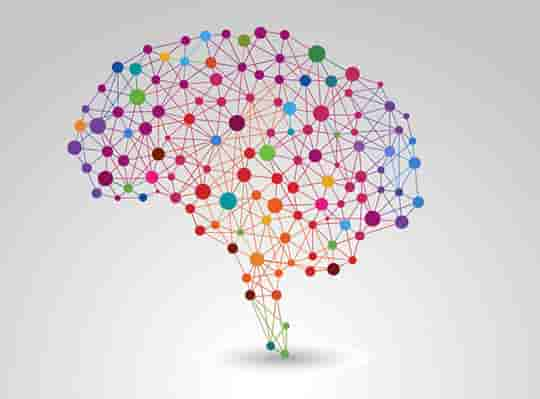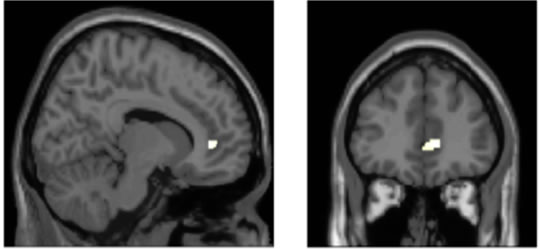What multitasking does to your brain and the emotions.
Multitasking mostly makes people feel sad and fearful, new research finds.
Juggling emails, reports and other activities creates a tense working environment.
In contrast, people who have a relatively uninterrupted period to work find it easier to maintain a neutral emotional state.
The study suggests that allowing emails to continually interrupt is linked to negative emotions, even anger.
A previous study has shown that changing from one activity to another interferes with brain activity and may reduce productivity by up to 40%,
Multitasking could even shrink the brain.
Dr Ioannis Pavlidis, study co-author, said:
“Not only do people experience stress with multitasking, but their faces may also express unpleasant emotions and that can have negative consequences for the entire office culture.”
The study analysed the facial expressions of 26 knowledge workers as they tried to write an essay.
Half received interrupting emails they had to respond to during the task.
The other half received all the emails in one batch so they were not interrupted while writing the essay.
The results showed that those who were continually interrupted displayed facial expression of sadness and fear.
Those who remained mostly uninterrupted maintained a neutral expression throughout.
Dr Pavlidis said:
“Individuals who engaged in multitasking appeared significantly sadder than those who did not.
Interestingly, sadness tended to mix with a touch of fear in the multitasking cohort.
Multitasking imposes an onerous mental load and is associated with elevated stress, which appears to trigger the displayed sadness.
The simultaneous onset of fear is intriguing and is likely rooted to subconscious anticipation of the next disruption.”
In the office, where a room full of people are all suffering (and causing) the same interruptions, the sadness and fear can spread like wildfire.
Dr Pavlidis said:
“Emotional contagion can spread in a group or workplace through the influence of conscious or unconscious processes involving emotional states or physiological responses.”
Many people are working from home during the pandemic, noted Dr Pavlidis:
“Currently, an intriguing question is what the emotional effect of multitasking at home would be, where knowledge workers moved their operation during the COVID 19 pandemic.”
The study was published in the Proceedings of the 2020 CHI Conference on Human Factors in Computing Systems (Blank et al., 2020).









